Are you a fan of Gracie Jiu Jitsu?
Curious to know the difference between its belt system and that of the International Brazilian Jiu Jitsu Federation’s (IBJJF)?
If so, keep reading to find out which one offers the most comprehensive and accurate ranking system!
In this blog post, let’s compare the distinctions between the Gracie Jiu Jitsu belt system and IBJJF belt system to help you understand these two systems better. That way, you can make an informed decision regarding your martial arts training.

Overview of Gracie Jiu Jitsu Belt System
From its roots of the sport of judo, the traditional Gracie jiu-jitsu ranking system borrowed a similar colored belt system to indicate different skill levels for each belt.
Points are earned from sparring matches and stripes can be added to current belts like military rank insignia.
Most belt ranks can be awarded when the student has mastery or competes at an international level, approved by the IBJJF. Each belt carries significance, so practitioners take pride in their discipline with respect and honor.
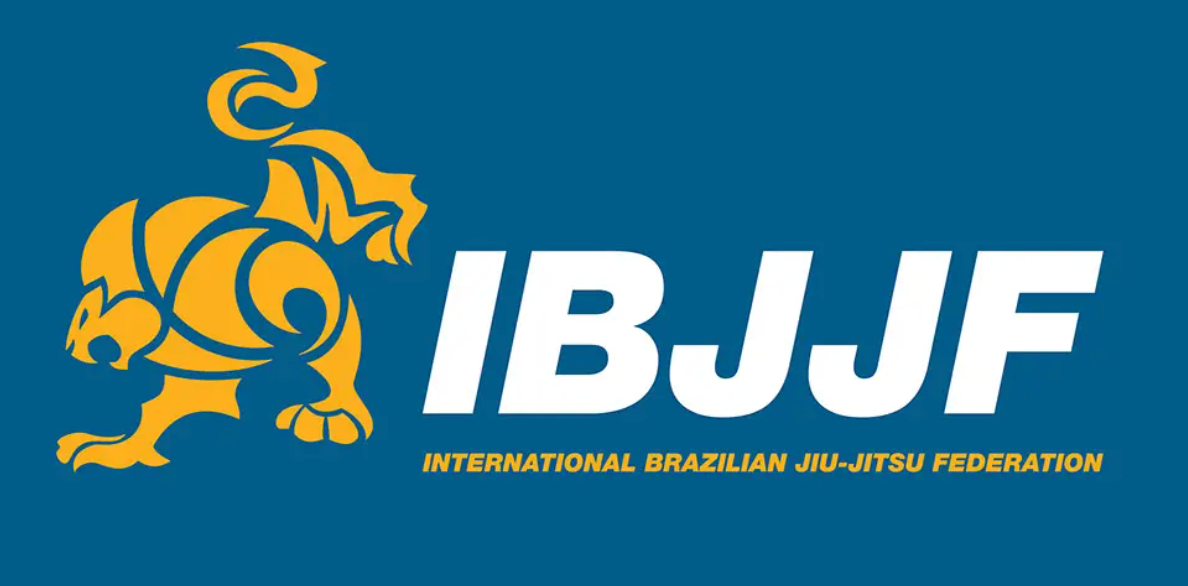
Overview of IBJJF Belt System
The International Brazilian Jiu-Jitsu Federation (IBJJF) was founded in 1995.
It is the governing body of professional Brazilian jiu-jitsu competition and the largest promoter of jiu-jitsu in the world. It sets guidelines for tournament rules, regulations, and rank and belt promotion requirements.
The IBJJF Belt System starts with a white belt, then blue belt, purple belt, brown belt, and finally black belt. As you progress, you will learn more advanced jiu jitsu techniques and refine your skills while progressing through BJJ belts.
Gracie Jiu Jitsu Youth Belt System
Gracie Jiu Jitsu has made a special belt system for young people to motivate them and teach them values in their martial arts journey. White belt is the start of the Gracie Jiu Jitsu junior system, then goes blue, yellow, orange, and green.
Junior Belt Ranks
- White
- White-Yellow
- Yellow
- White-Orange
- Yellow-Orange
- Orange
- Orange Belt
- White-Green
- Yellow-Green
- Orange-Green
- Green
The Jiu-Jitsu Federation of Guanabara, established in 1967, adopted the colored belt system from the Japanese martial art judo, which was developed by Mikonosuke Kawaishi and the London Budokwai almost 40 years prior.
However, the Federation made a clear distinction between adults and children, and limited the use of certain colors to students under the age of 16.
President Hélio Gracie believed that children could not be tested on the same moral standards required for adult rank advancement.
As a result, yellow, orange, and green belts were reserved for young students.
All new students, regardless of age, begin training with a white belt.
Adaptations To The Youth Belt System
In the 1990s, Brazilian judo clubs began awarding grey belts to children who had advanced from white belt.
To provide young Gracie Jiu-Jitsu students with more frequent rank promotions, Pedro Valente Sr. and his sons proposed a modification to the youth belt system.
It involved intermediate half-color belts, which were awarded between full colored belts. Each promotion included a color from the previous rank, and the next full color rank.
For example, a student would earn a white/yellow belt between white and yellow belts, and then a yellow/orange belt between yellow and orange belts.
This change allowed instructors to award children ten belts, as opposed to the previous system of four, motivating young students and increasing their confidence.
The new system was approved by Hélio in 2005, who deemed it the most efficient and straightforward way to give children self-confidence.
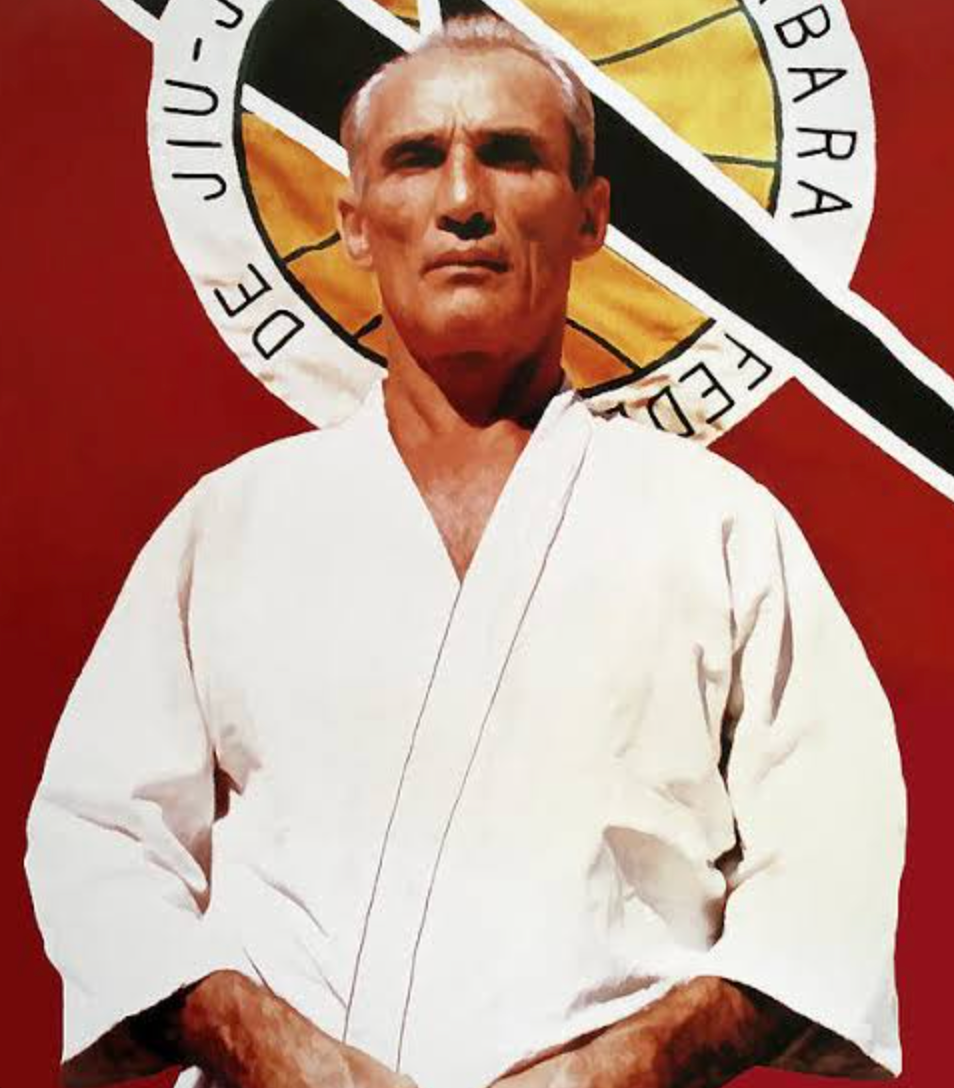
Gracie Jiu Jitsu Adult Belt System
Adult belt ranks in Gracie Jiu Jitsu are similar to that of other martial arts. It represents the student’s level of proficiency and knowledge in the art.
The belts are awarded based on the student’s skill level, experience, and time spent training.
In Gracie Jiu Jitsu, the adult ranks consist of five ranks: white, blue, purple, brown, and black.
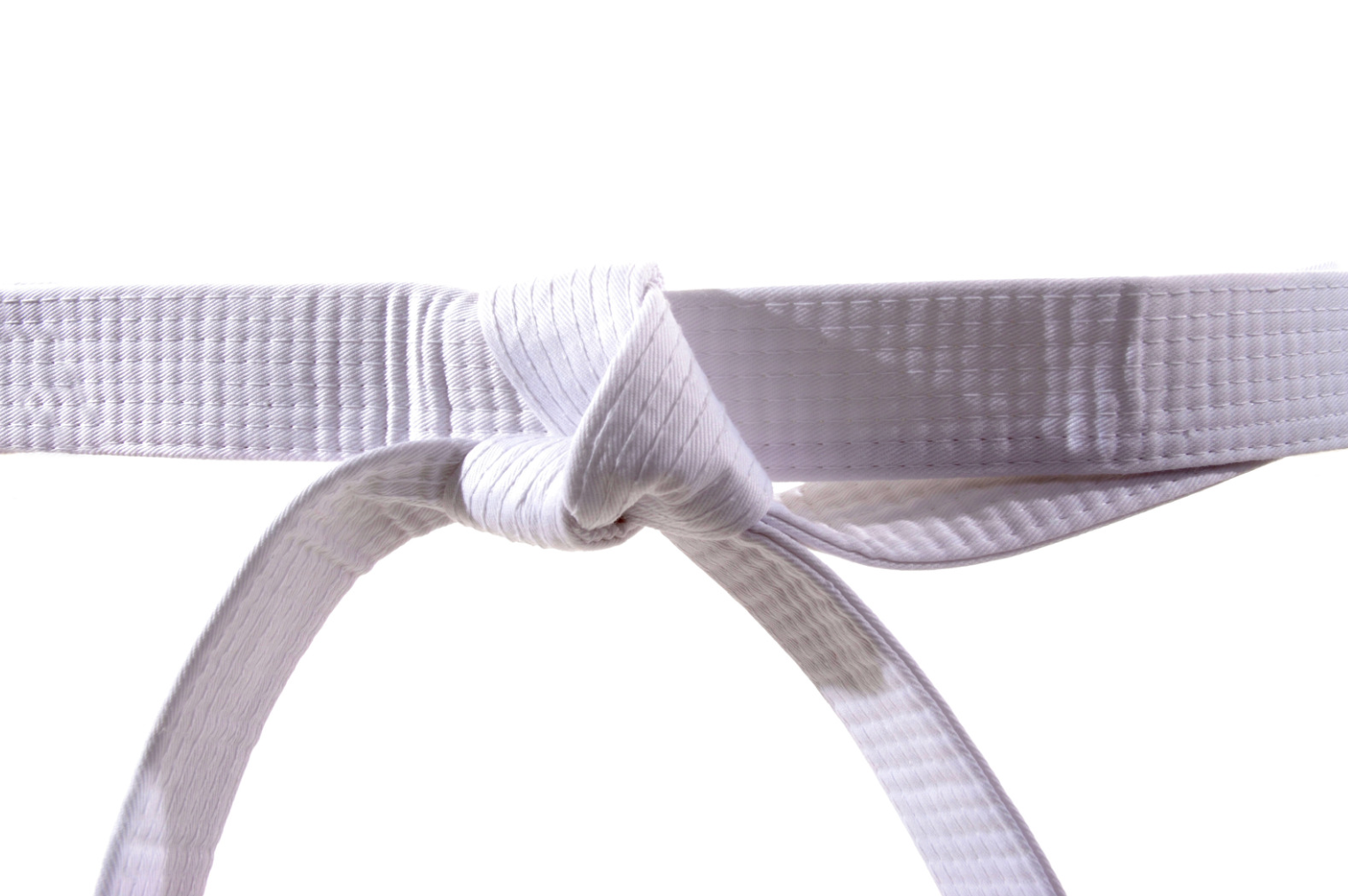
White Belt
The journey for many Gracie Jiu Jitsu practitioners begins with earning a white belt.
It’s the most basic belt rank and indicates that the individual is just starting their training. This belt rank also indicates that the practitioner is focused on learning the fundamentals of self-defense.
To earn a white belt, successful completion of instructor training and tests are required; practitioners should be aware of the particular rules and regulations of their school or gym.
Here are some things to consider for white belt students:
- It can take many months or even years to reach the blue belt depending on the level of dedication, practice and skill development.
- A lot of individuals increase their confidence while they learn new techniques at each level and become more comfortable with sparring partners as they progress from white to blue belts.
- Competition is not required, but there are tournaments available for those interested in competing against other competitors around their level for rankings or reputation building purposes.
- Personal consistent improvement is key — mental strength gained from challenge, effort and practice should be developed in order for practitioners to achieve success at any belt rank beyond White Belt.

Blue Belt
The blue belt indicates a level of comfort with the combat and safety strategies as well as an understanding of more complex moves, such as throws, sweeps, and reversals. The jiu jitsu blue belt is given when these moves are taught and demonstrated with a high level of competence.
At the blue belt level, a student will likely be able to recognize basic sequences of moves that involve coordination between two or more people.
In some cases, the skill for improvisation based on previous experiences is also beginning to develop. Blue belts have the skills to work sparring techniques into their workouts in order to perfect body movement for both attack and defense.
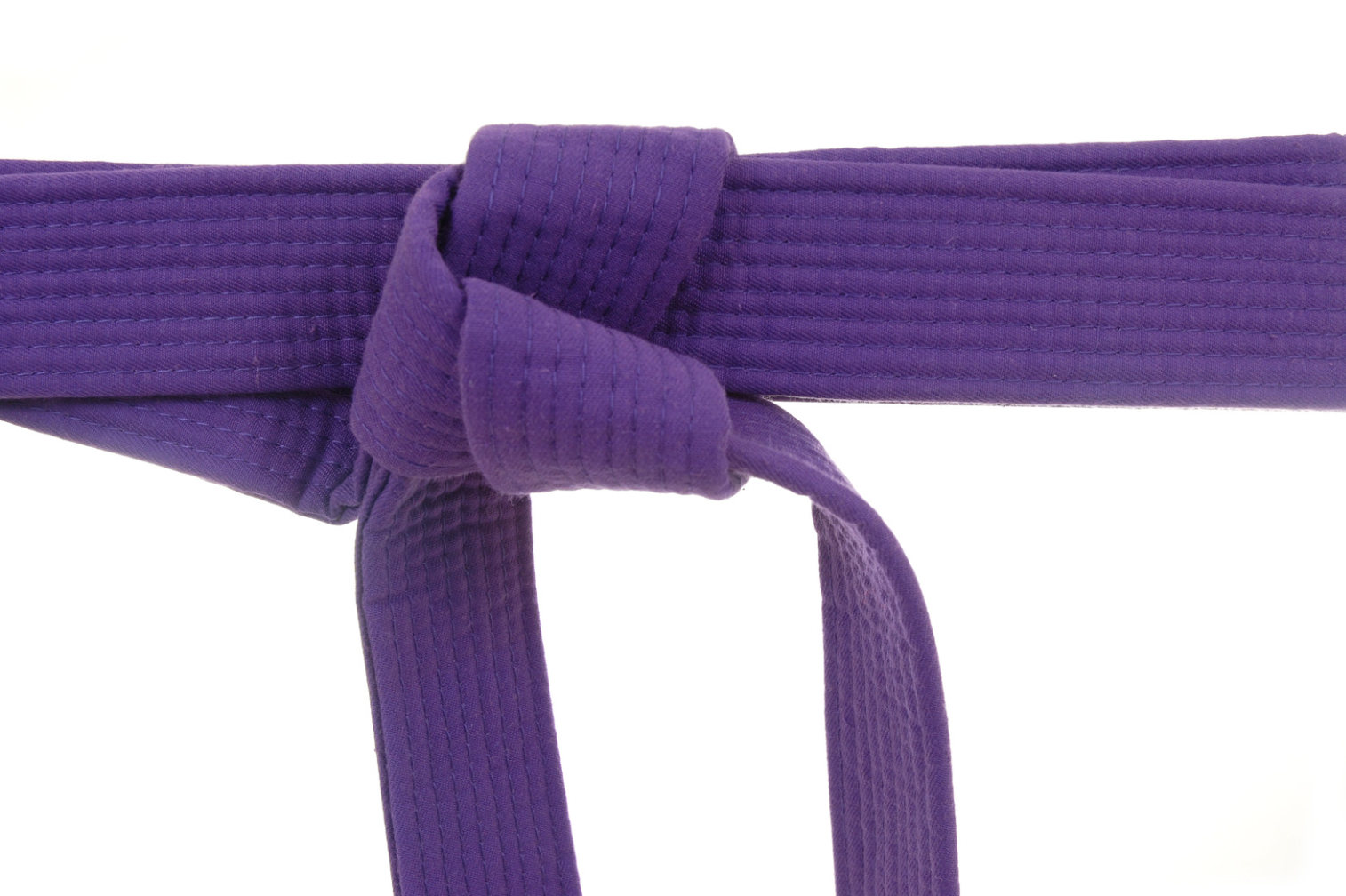
Purple Belt
The Purple belt in Gracie Jiu Jitsu is a crucial rank, requiring stamina, technical knowledge and a deep understanding of strategy and tactics. This means that the rank can take anywhere from two and a half to five years for the average practitioner to achieve. It also the direct equivalent to the green belt in the youth belt system.
At the purple belt level, students have an immense amount of information that they must absorb and practice, including numerous techniques across all ranges of grappling. Many schools will require you to take a test in order to be promoted to this level. During this period students are expected to perfect their basics while at the same time becoming proficient enough in the given style to generate their own techniques within its framework.
Purple Belts are encouraged to refine their skill set by studying theory and strategy from books on boxing, wrestling, judo, etc.
Some of the advanced techniques purple belts learn:
- rosin pressurization (tightly gripping your opponent)
- periodization training (structured strength program)
- clinch sparring (using your bodyweight for leverage)
- takedown defense strategies
- advanced joint locks
Upon achieving this level students may typically begin teaching or helping teach classes.
It’s at this stage where long-term dedicated practitioners develop increased levels of understanding over themselves as grapplers while cultivating new leadership skills both on & off the mat via guidance & direction within the curriculum structure of our system.
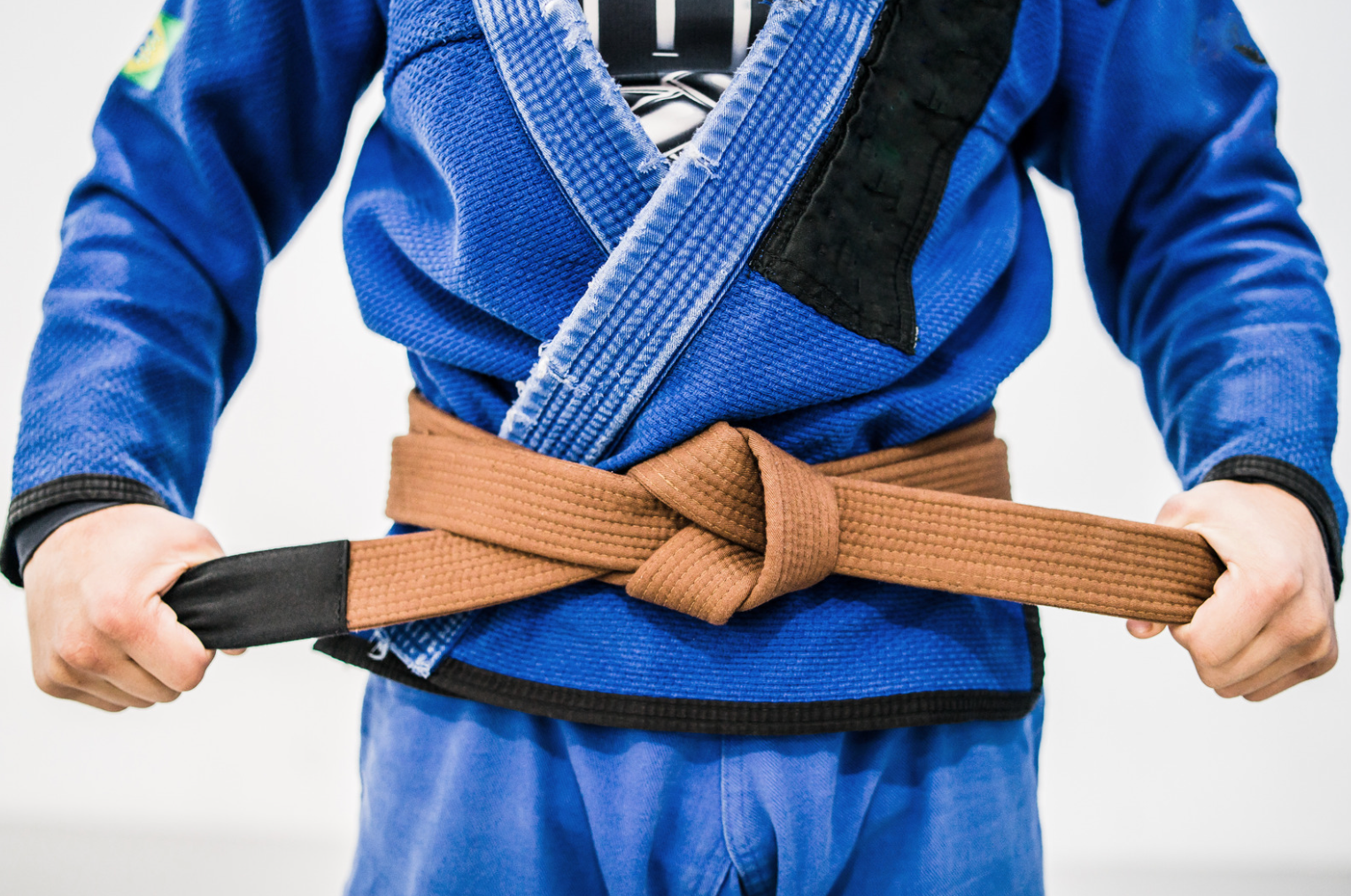
Brown Belt
Brown belt is the highest ranking color belt in Brazilian Jiu Jitsu and is typically held by students who have shown a commitment to the sport and possess a high level of technical knowledge.
Depending on the instructor’s discretion, reaching brown belt status may require passing an essay exam, attending special seminars, or competing in tournaments.
The structure of Gracie jiu jitsu promotes lifelong learning. Brown belts are expected to continue refining their technique and perfecting their form while executing dangerous techniques with care. They may also help instruct others and harness the opportunity to become a leader in the class setting.
At this level, practitioners are required to show fluency in all positions, transitions between positions, sweeps, passes, and submissions from all angles.
Brown belts should also develop superb timing and demonstrate a thorough understanding of reversals throughout all grappling positions while showing an ability to maintain control on the ground against more advanced opponents.
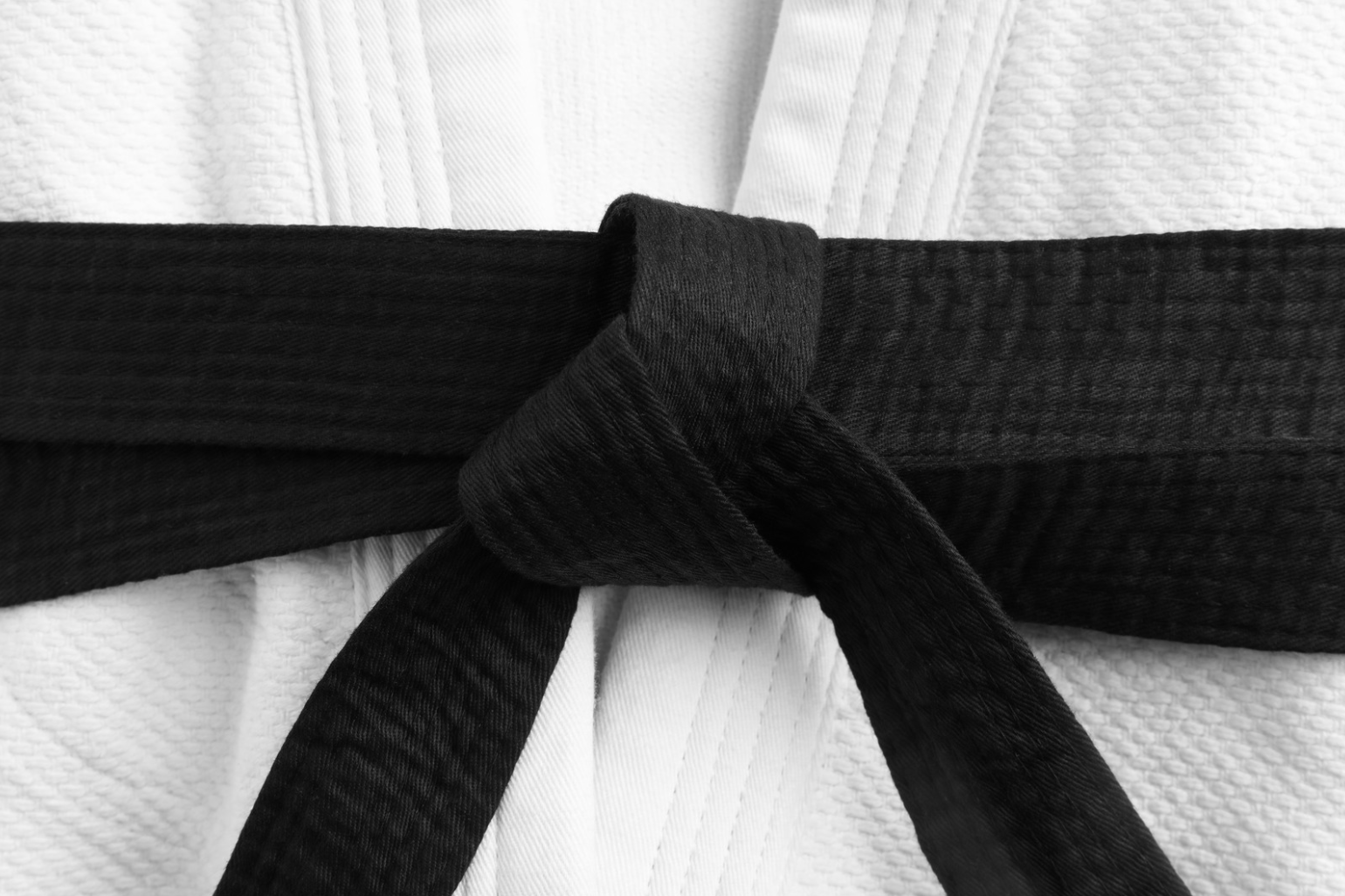
Black Belt
Reaching a black belt in Gracie Jiu Jitsu is a tremendous accomplishment and an aspirational goal for many practitioners.
Unlike most other martial arts, which typically award a black belt within 4-5 years, it takes 10-14 years of consistent training to become a Gracie Jiu Jitsu black belt.
This long timeline reflects the skill and dedication required to reach such an advanced level – going through the black belt system is a true testament to your commitment.
Achieving black belt status does not mark the end of your journey but rather a new beginning as you begin your expertise in the application of techniques developed by Royce and Rickson Gracie.
Black belts who want to become teachers will have their white bar on the belt swapped with a red bar. They will be expected to lead classes and demonstrate advanced technical proficiency in all aspects of the Gracie Jiu Jitsu curriculum.
This means not just executing moves effectively but also being able to teach complex concepts clearly, think well on your feet when challenged with unusual movements, and display attention to detail when fine tuning techniques.
Black belts must also strive to be leaders outside the gym by livening up to the ideals of Gracie Jiu Jitsu practitioner which includes technical mastery, discipline, strength respect for others, leadership skills and showing commitment for years on end.
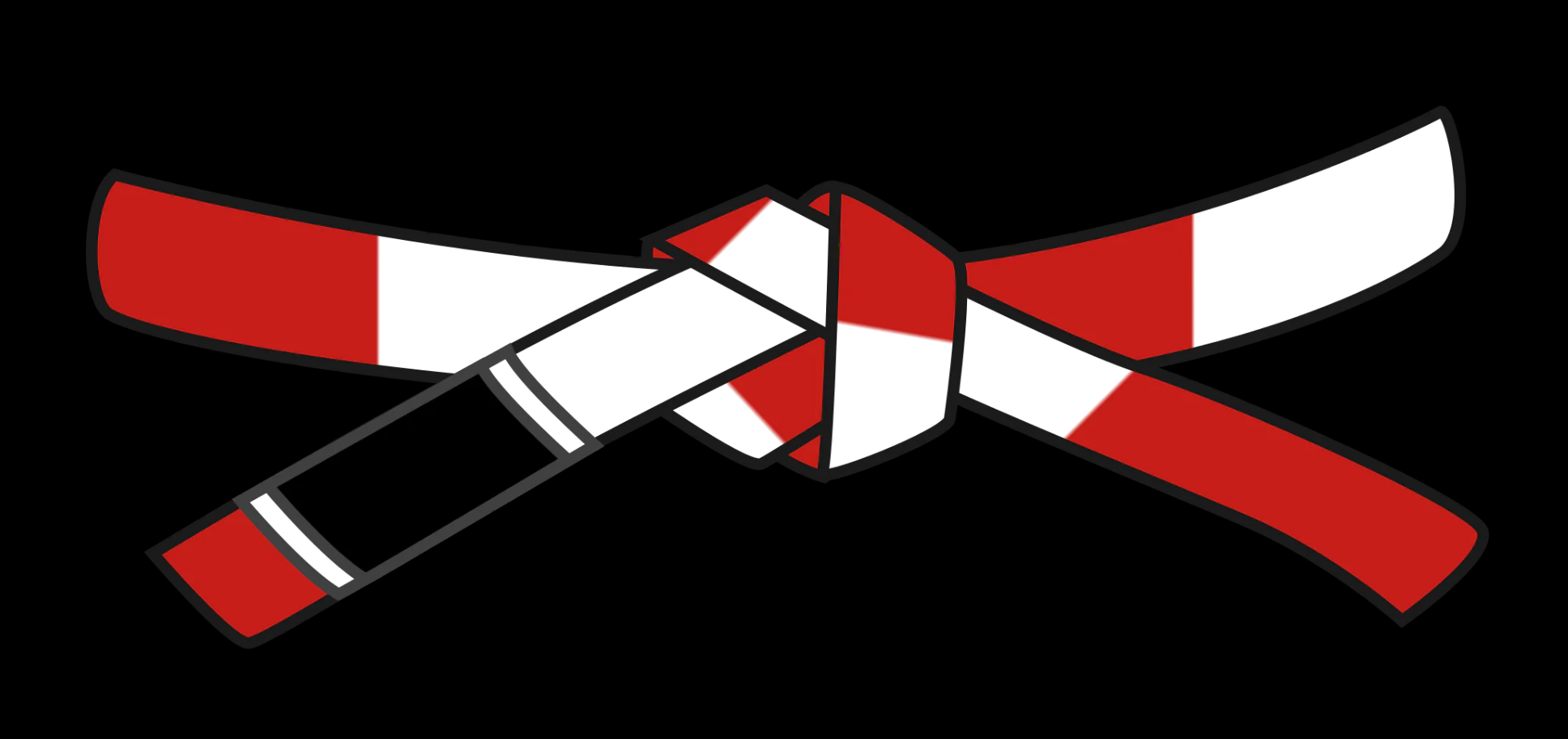
Coral Belt
The coral belt is an alternating red and black belt known as the “coral belt”. With it, you also receive the title “master” which signifies a seventh degree black belt practitioner.
Moving up from here, the eight degree black belt is indicated by the alternating red and white coral belt. Carlos Gracie is an eight degree black belt.
One of the most famous coral belt holders in Gracie Jiu Jitsu is Rickson Gracie, the son of the founder of the art, Helio Gracie.
Rickson Gracie is widely regarded as one of the greatest Gracie Jiu Jitsu practitioners of all time, and has been instrumental in spreading the art around the world.
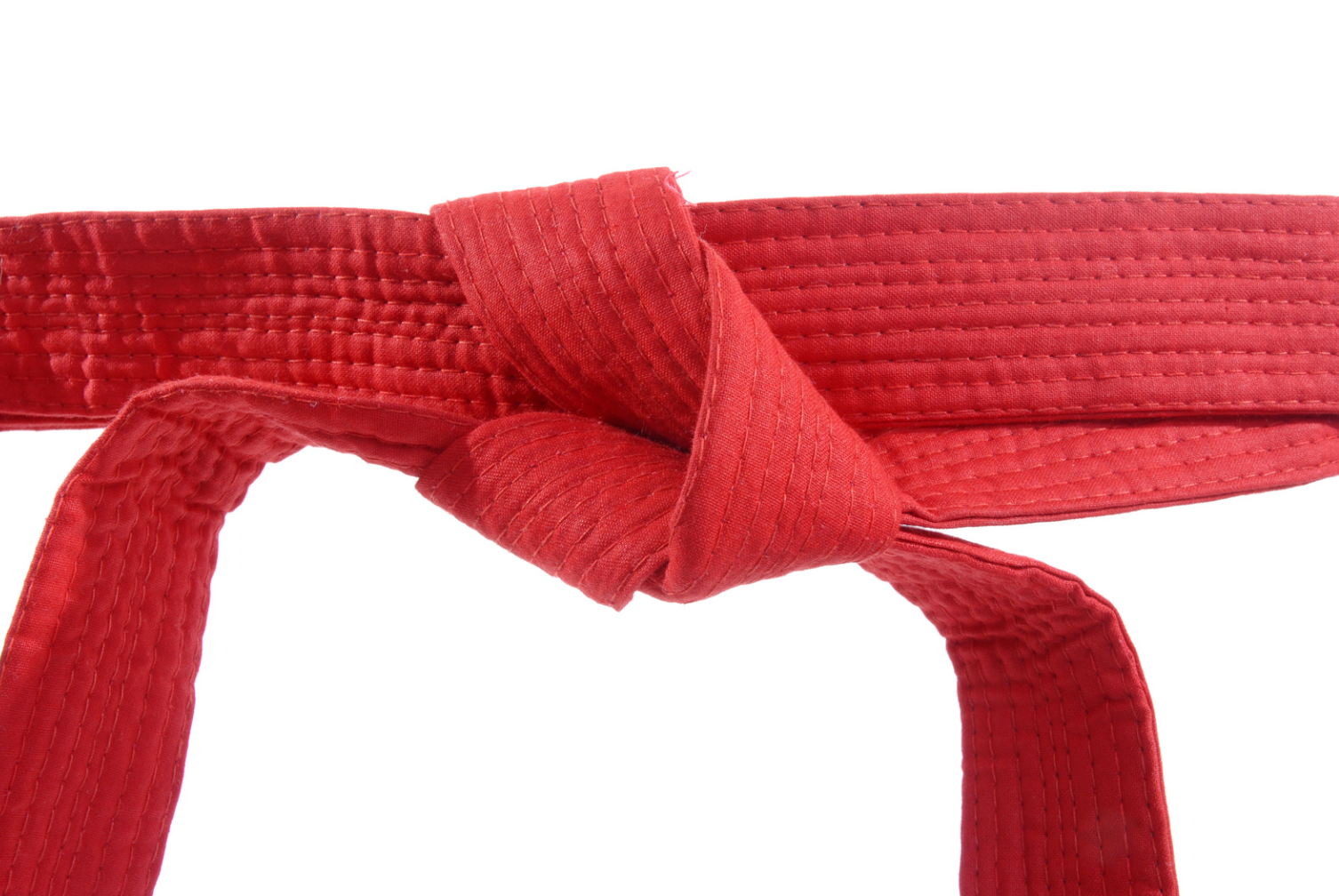
Red Belt
The red belt is the highest belt in the Gracie System, and is awarded to practitioners who have achieved the rank of ninth or tenth degree black belt.
The red belt is represented by a solid red belt, symbolizing the practitioner’s mastery of the art.
Like coral belts, red belts are extremely rare in the Gracie Jiu Jitsu community, and are only awarded to individuals who have dedicated their lives to the art.
In fact, there are only a handful of red belt holders in the world, and most of them are members of the Gracie family.
One of the most famous red belt holders in Gracie Jiu Jitsu is Helio Gracie himself.
Helio Gracie was one of the founders of the art, and dedicated his entire life to developing and refining the techniques that make up Gracie Jiu Jitsu. He was awarded the red belt shortly before his death in 2009, in recognition of his incredible contributions to the art.

Gracie Combatives Program
The Gracie Combatives program is a beginner curriculum for adults developed by the Gracie University.
Developed by Rilion Gracie, it has 36 lessons. This program helps measure progress and build self-defense skills.
The lessons start with simple positions. As students progress, they learn more advanced techniques and combinations.
Gracie Combatives has an advantage. It works with or without a uniform. Each lesson has technique demonstrations. Students use what they learn in sparring.
Upon graduation, you will be awarded the Gracie Combatives Belt and a certificate.
Frequently Asked Questions
Q: What is the difference between Gracie Jiu Jitsu and IBJJF?
A: The Gracie Jiu Jitsu system is an internally recognized martial arts ranking system developed by the Gracie family. It is different than the IBJJF belt system, which is the most widely recognized ranking system for Brazilian Jiu-Jitsu. The Gracie Jiu Jitsu system emphasizes morality and character as much as it does technique, while the IBJJF belt system focuses more on the technical aspects of the sport and less on character.
Q: How are belts awarded in the Gracie Jiu Jitsu belt system?
A: Belts are awarded in the Gracie Jiu Jitsu based on a combination of class hours attended, demonstration of proficiency in techniques, and moral character. The Gracie family also requires that all belts, particularly the lower colors, demonstrate proficiency in real street fight situations in order to advance.
Q: What colors are used in the Gracie Jiu Jitsu belt system?
A: The colors used in the Gracie Jiu Jitsu are white, blue, purple, brown, black, coral and red. There are also half color ranks included in the system, such as the white bar, yellow bar, orange bar, and solid red belts. In addition, there is a Solid Bar and Navy Blue Center for junior students.
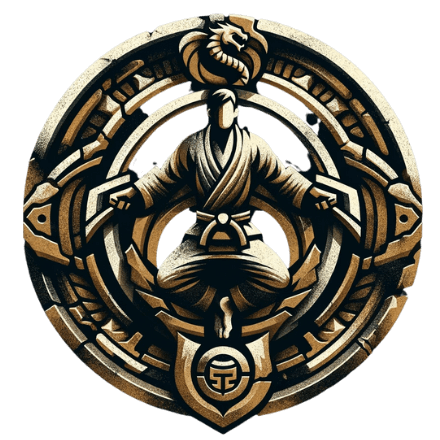
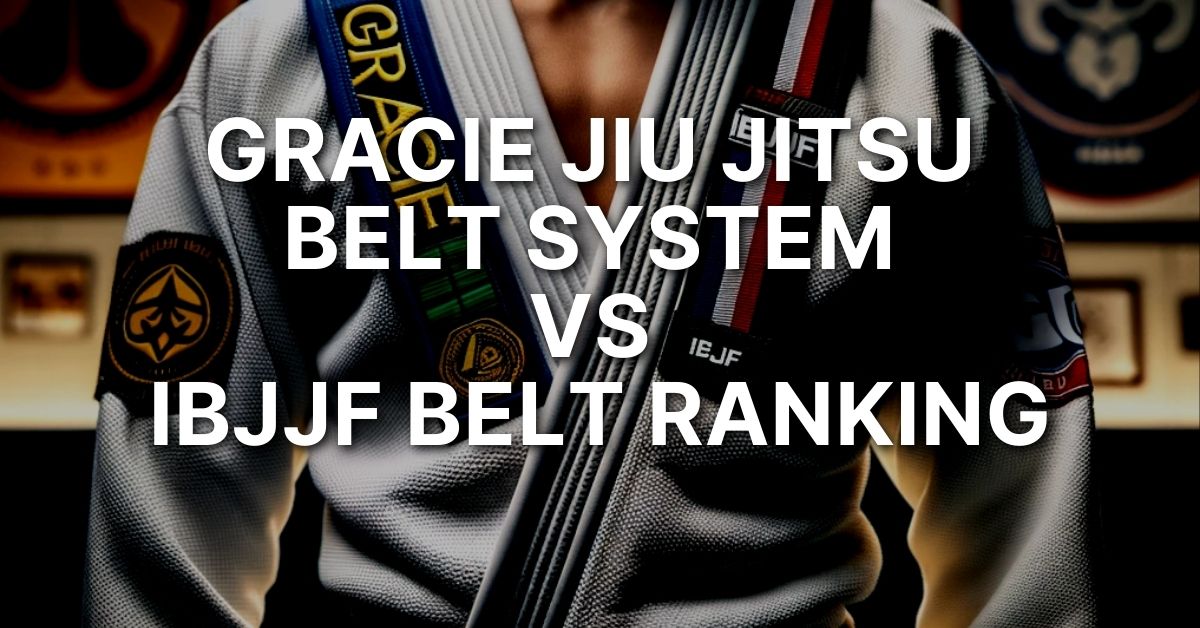
0 Comments